Duration: 14h 29m | Video: .MP4, 1280×720, 30 fps | Audio: AAC, 48 kHz, 2ch | Size: 5.25 GB
Genre: eLearning | Language: English
Let’s start coding and developing in Python from scratch to building cool projects!
What you’ll learn:
Python 3 Programming
Developing Projects in Python
Requirements:
No, Prior knowledge is not necessary
Description:
Hey there! Welcome to the course on Python 3 named The Complete Python Programmer: From Scratch to Applications.
As the name suggests, You’ll learn everything in Python from Scratch and upto developing simple projects in Python. Coding is different from Developing. We’ll learn both coding and developing. If you do not know anything about Programming, this course is your cup of tea.
Course Outcomes:
1. Modelling some real world problems in Python and solve them.
2. Building projects in Python
3. Understanding all the foundations of Python and knowing how to apply them
4. Understanding all the Pythonic Data Structures, Objects, Functions and Modules
5. Knowing how to use Jupyter iPython Notebook for Data Science Applications
6. Foundations for Data Science: The Numpy module
7. Understanding Client-Server Architecture and Making HTTP Requests with Python.
Highlights:1. Advanced Math in Python
2. GUI Projects
3. Chatbot (Speech Recognition) in Python
4. Coding Problem Sheets to practice
5. Beginner-friendly and so on.
Python is an interpreted, high-level and general-purpose programming language used world widely .Python’s design philosophy emphasizes code readability with its notable use of significant whitespace. Its language constructs and object-oriented approach aim to help programmers write clear, logical code for small and large-scale projects
Python is dynamically typed and garbage-collected. It supports multiple programming paradigms, including structured (particularly, procedural), object-oriented and functional programming. Python is often described as a “batteries included” language due to its comprehensive standard library.
Python was created in the late 1980s, and first released in 1991, by Guido van Rossum as a successor to the ABC programming language. Python 2.0, released in 2000, introduced new features, such as list comprehensions, and a garbage collection system with reference counting, and was discontinued with version 2.7 in 2020.Python 3.0, released in 2008, was a major revision of the language that is not completely backward-compatible and much Python 2 code does not run unmodified on Python 3. With Python 2’s end-of-life, only Python 3.6.x and later are supported, with older versions still supporting e.g. Windows 7 (and old installers not restricted to 64-bit Windows).
Nothing more to write. I’ll see you there in my lectures.
Who this course is for:
Beginners who want to learn Python from Scratch
https://www.udemy.com/course/the-complete-python-programmer-from-scratch-to-applications
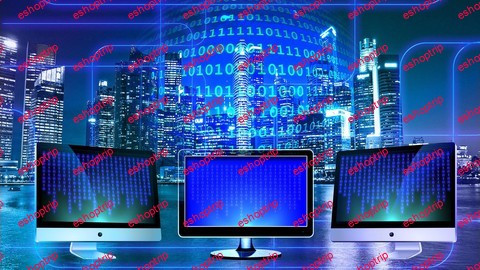
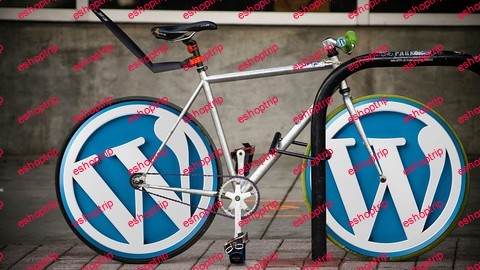

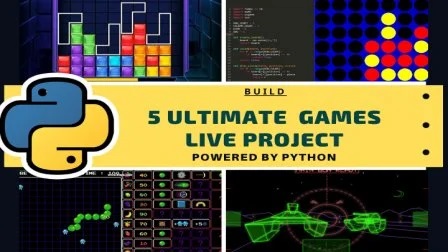


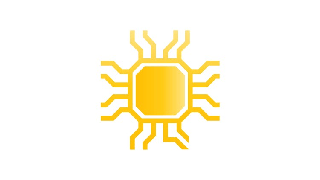
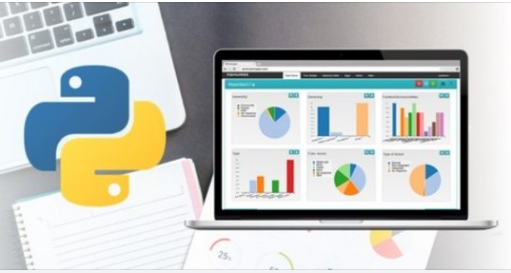
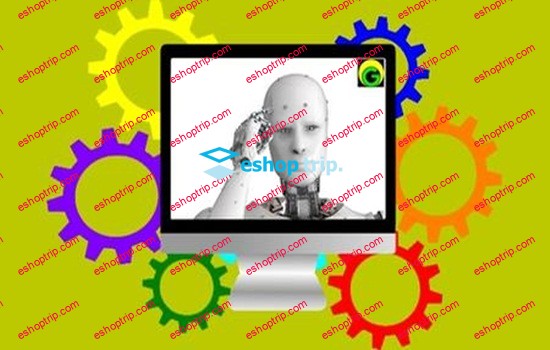
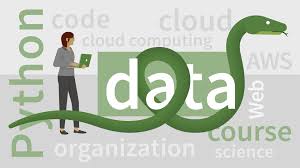
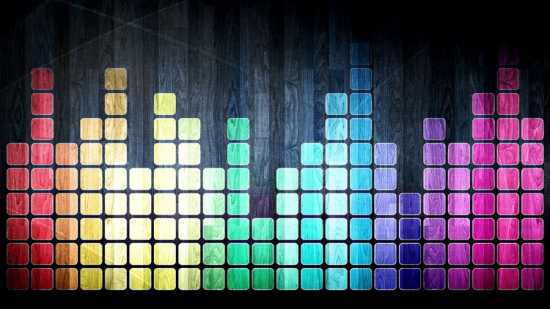
Reviews
There are no reviews yet.